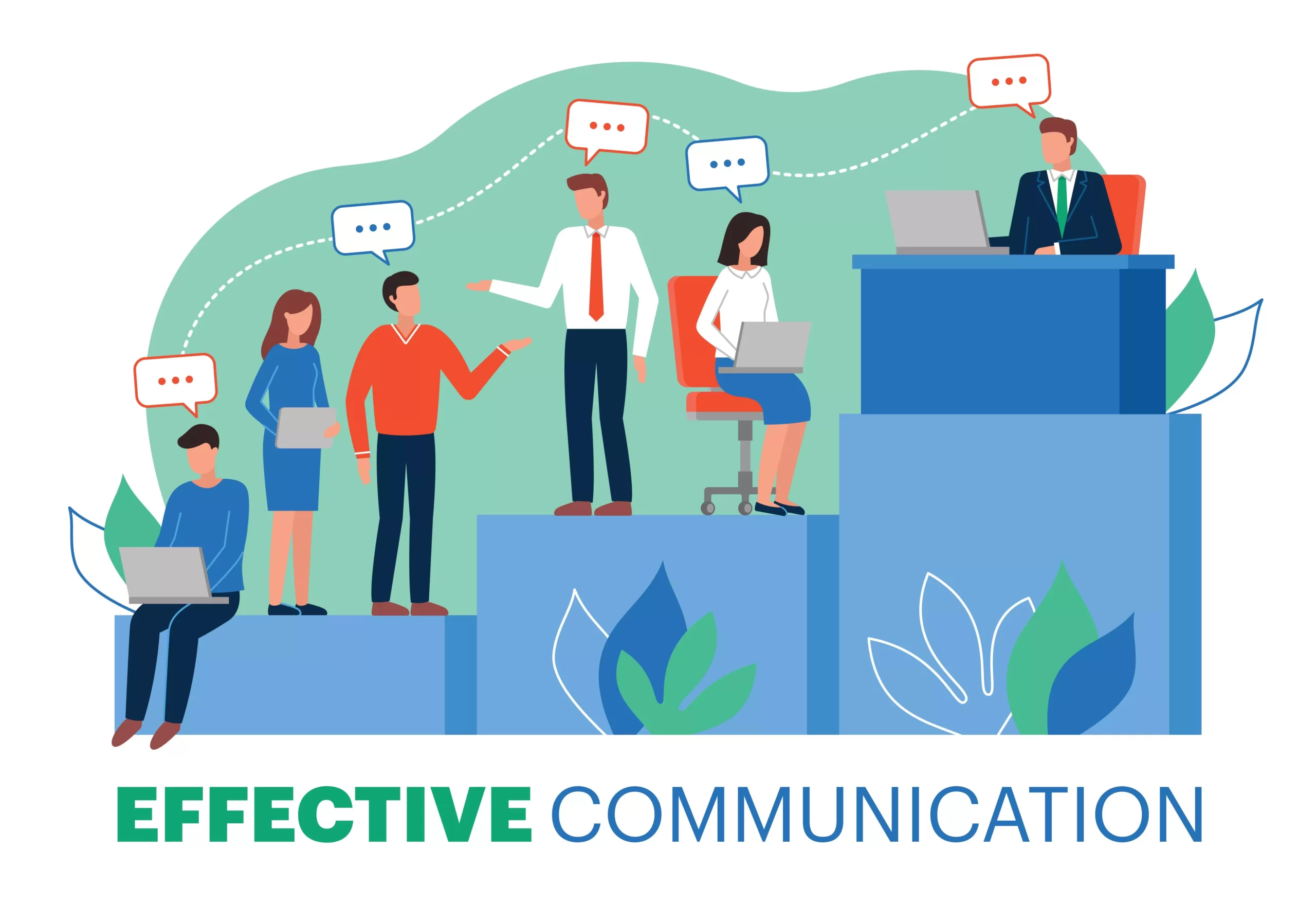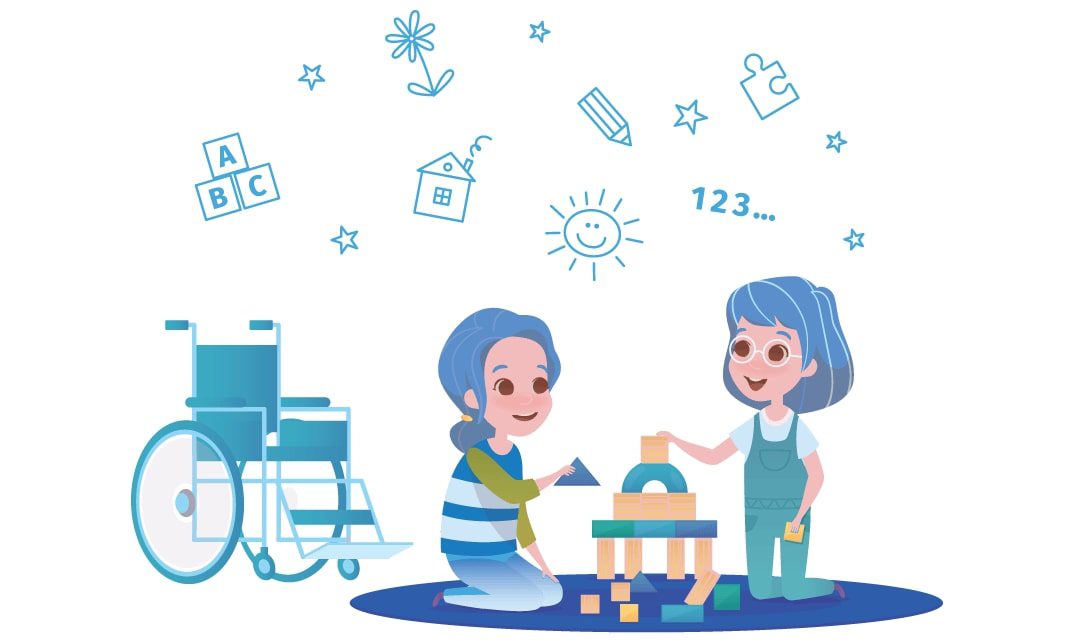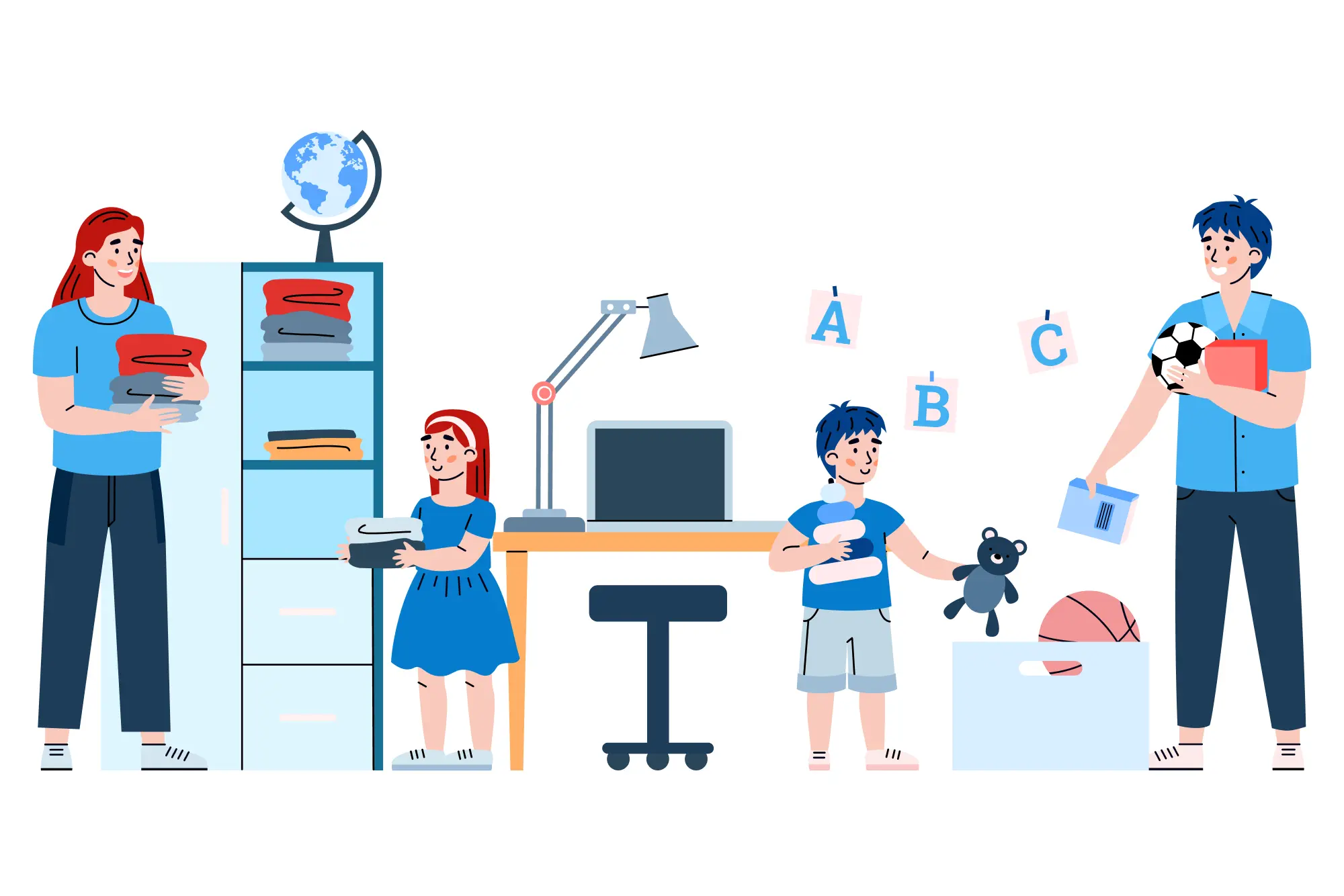No products in the basket.
Introduction:
Life skills and Positive reinforcement is a teaching strategy for rewarding desired behaviours with prizes. This teaching method is used to teach children life qualities. Like etiquette, responsibility, and self-control. Children learn that their activities have positive effects. When they get incentives for excellent conduct.
They should strive to continue acting in this manner. In a variety of scenarios, positive reinforcement may be utilised to teach children of all ages. Especially at home, school, and in therapy. Furthermore, it promotes self-esteem and motivation in youngsters. Resulting in a more positive attitude toward learning and life in general.
As children grow and develop, they must learn life skills. These abilities assist children in navigating daily life and preparing them for the future. Life skills education is crucial for children. It helps them become independent, responsible, and self-sufficient adults. Communication, problem-solving, time management, money management, and decision-making are all critical life skills.
For children activities like role-playing, group discussions, and hands-on projects can be used to teach these abilities. Parents, carers, and instructors must provide chances for children to practise. As well as develop these abilities in a supportive and loving setting. We can help youngsters develop confidence and resilience. They need to flourish by teaching them life skills.
What is Positive Reinforcement?
Positive reinforcement is behavior modification. Which approach is in which a desired behaviour is rewarded? For it to be repeated in the future. It works on the premise that conduct that follows a favourable outcome is more likely to repeat. In other words, when a person receives a reward for an action, that behaviour is more likely to repeat itself in the future.
If a youngster cleans their room and receives a reward with a sticker or a tiny toy, the child is more likely to clean their room again in the future. It might be anything from a verbal compliment to a piece of candy to a privilege, etc. It is critical to emphasise that the reward should be instantaneous and tailored to the behaviour to reinforce.
Positive reinforcement appears as a humane and successful strategy of behaviour management. Because it focuses on rewarding desired behaviours rather than penalising negative ones. It may be use in a range of contexts, such as school, business, and at home. To develop a thorough behavioural management approach.
In conjunction with other tactics such as modelling, education, and feedback. Positive reinforcement is a strong strategy for changing behaviour. It motivates people to repeat desirable or helpful activities. It can be utilise to increase the frequency, intensity, or length of a behaviour. Positive reinforcement may also be used to teach new skills and habits. As well as sustaining before-taught habits.
Value of Positive Reinforcement in Children’s Life Skills:
Positive reinforcement is an effective way to teach children life skills. It entails rewarding or punishing desired behaviour. Which can improve the possibility that the behaviour will repeat itself in the future. This may be useful for teaching a variety of life skills. Such as personal cleanliness, etiquette, and responsibility.
Good reinforcement may also help youngsters develop their self-esteem and confidence. By teaching them to correlate their activities with positive consequences. Positive reinforcement is another way to teach children how to manage their conduct and make wise choices. Omit, positive reinforcement is a strong tool for moulding children’s behaviour. As well as assisting them in developing the necessary life skills.
Positive reinforcement is an essential component of good child behaviour management. It is useful for teaching new skills and reinforcing a desired behaviour. A parent, for example, might use positive reinforcement to educate their child to wash their teeth. By rewarding them with a sticker or a little goodie. This can make brushing the child’s teeth more pleasurable and motivating, increasing the possibility that they will do it on their own.
Positive reinforcement may be used to reinforce. Before teaching excellent behaviour besides teaching new abilities. A teacher, for example, might utilise positive reinforcement. It can help to recognise and praise pupils who obey the classroom rules. This can assist in maintaining excellent conduct and establishing a healthy learning environment over time.
Positive reinforcement can also help youngsters accept responsibility for their behaviour. Children learn that their choices have an influence. On the results, they receive when positive consequences link to desirable conduct. This can assist kids in developing decision-making abilities. As well as taking responsibility for their actions.
How Does Positive Reinforcement Work in Children’s Life Skills?

Positive reinforcement works by raising the probability that a desired behaviour will repeat in the future. When a youngster participates in a behaviour that follows a positive outcome. Such as a reward or praise, they are more likely to repeat that action in the future. This is because the favourable outcome makes the child’s conduct more gratifying and motivating.
A parent, for example, may use positive reinforcement to encourage their child to make their bed in the morning. They may set up a reward system in which the youngster receives a sticker for making their bed every day. Over time, the youngster will learn that making their bed results in a pleasant consequence. It will be more inclined to continue doing so even when the incentives are no longer available.
Positive reinforcement is another way to affect more complex behaviours. A teacher, for example, may utilise positive reinforcement. Encourage a child to remain sitting throughout the session by rewarding him or her every 10 minutes. The child remains sitting. Over time, the child will learn that sitting results in a positive outcome. Youngstar will be more inclined to continue doing so even when the incentives are no longer available.
Positive reinforcement should be used in conjunction with other tactics. Such as defining clear rules and boundaries and giving consistent punishments for misconduct. Positive reinforcement is most effective when combined with a complete behaviour management strategy. That matches the child’s unique requirements and learning style.
What are Some Examples of Positive Reinforcement in Children’s Life skills?
Positive reinforcement utilises a variety of ways to teach children life skills.
- Verbal praise and encouragement can be used to reinforce positive conduct and boost self-esteem. A parent, for example, would comment, “Great job getting dressed by yourself!” when a youngster gets dressed without help.
- Stickers, tokens, or tiny toys are utilised as physical rewards to promote positive conduct. A youngster, for example, may get a sticker for brushing their teeth every day.
- Privileges: As a reward for excellent behaviour, allowing a youngster access to a specific activity or object. As a reward for doing their schoolwork, a parent can allow their child to play a favourite video game for 30 minutes.
- Tasks and obligations: Giving children age-appropriate duties and chores can act as a kind of positive reinforcement. For example, you may get paid to do housekeeping or assist with domestic duties.
- Social praise: Children respond to praise from peers or other adults they respect. A teacher may send an encouraging letter home with a pupil for excellent behaviour. On the other hand, a Child may receive a “good job” from a buddy for sharing a toy.
- Natural rewards: Sometimes the activity is the reward. For example, when a youngster finishes a puzzle, the sense of success is reinforced.
- Giving positive attention to children is utilised as a type of positive reinforcement. As a reward for exemplary behaviour, a teacher can give a pupil a commendation or assign a particular job.
How Can I Use Positive Reinforcement to Teach My Child Life Skills?
Positive reinforcement is a strategy for teaching children new skills or habits. It entails rewarding or punishing the youngster once he or she exhibits the desired behaviour. This may be used to teach a variety of life skills.
- Getting dressed in the morning: Reward your child with a modest reward or praise. For dressing themselves in a reasonable amount of time.
- Cleaning their room: Create a point system in which your child receives points for accomplishing specified cleaning activities. Such as making their bed or putting away toys. They gain a greater prize when they reach a particular amount of points, such as a trip to the park or a special dessert.
- Doing homework: Praise your kid and offer them a little reward, such as a sticker or a token, each day for finishing their assignment on time.
- Healthy eating: Encourage your child to try new foods by praising them and giving them a tiny incentive, such as a piece of candy, for doing so.
-
Table manners:
Reward your child with a little reward or praise for having good table manners. Say please thank you, using utensils, and not chatting while eating.
- Personal hygiene: Create a point system in which your child wins points for performing specified hygiene duties. Such as brushing their teeth, cleaning their face, and having a shower. When kids accumulate a particular amount of points, they are eligible for a greater prize, such as a special activity or a new toy.
- Time management: Praise and reward your children such as a sticker or a token. After completing duties within a specific time range, such as getting ready for school in the morning or doing homework before supper.
- Money management: Encourage your kid to save money by praising and rewarding them with a modest incentive. For example a toy or a treat, for saving a set amount of money or making a buy.
It is critical to be consistent and explicit with the incentives. As well as ensuring that they are age and appropriate for the kid. Also, when the youngster becomes acclimated to the behaviour and forms a habit, the rewards should be phased out.
Importance of Children’s Training in the UK:
Children’s education is vital in the United Kingdom for many reasons. It aids in the preparation of children for their future schooling and careers. As well as the development of vital abilities. Like critical thinking, problem-solving, and creativity. Furthermore, it promotes social and emotional development.
Which is critical for children to create good connections and grow into well-adjusted individuals. It also helps youngsters develop a feeling of responsibility and self-discipline. Children’s education is an important aspect of providing children with the tools and resources they need to succeed in life.
Children’s education in the United Kingdom is also important in eliminating social and economic inequality. Children are more likely to succeed in life and have better results if they have quality education and the appropriate skills. This can result in less poverty and a more egalitarian society.
Furthermore, children’s education is critical to the UK’s future. A well-educated populace is necessary for a healthy economy and a competitive labour force. Investing in children’s education is an investment in the country’s future.
Furthermore, children’s education helps to promote diversity and inclusiveness. Children are better able to comprehend and respect diversity if they receive a complete education. Which includes exposure to diverse cultures and ideas. This fosters a more inclusive society and aids in the reduction of bias and discrimination.
Children’s education is critical for their well-being and the future of the United Kingdom. It contributes to personal and societal growth. As well as the reduction of inequality, and the building of a stronger, more inclusive society.
Build Your Communication Skills:

Here are Some ways to build your communication skills:
- Active listening is paying close attention to what people are saying. As well as asking questions to prove that you are interested in what they have to say.
- Speak: Speak at a reasonable voice and tempo, and utilise gestures to assist in expressing your point
- Use nonverbal communication to enhance your spoken communication. The help of using facial expressions, eye contact, and body language.
- Improve your writing abilities by composing emails, reports, and other papers to hone your ability to express yourself in writing.
- Take a class or attend a workshop: Many community colleges and adult education programmes offer communication skills seminars.
- Join a group that focuses on public speaking and leadership development, such as Toastmasters International.
- Take part in online discussion groups or video or phone conferences to experience interacting.
- Get feedback: Request constructive criticism on your communication skills from friends, family, or coworkers, and be open to recommendations for development.
- Consider your audience: Adapt your communication style and message to the individuals with whom you are communicating.
- Understand how to deal with stress: Communication may be difficult, especially in high-pressure settings. Learn stress-reduction strategies such as deep breathing and visualisation.
- Be a good listener: Be patient and wait until the other person has finished speaking before responding. This demonstrates that you value their thoughts and opinions.
- Avoid using negative or hostile language and instead, use positive words and phrases.
- Be adaptable: Be open to changing your communication approach to fit different scenarios.
- Seek out many perspectives: Interact with individuals from all origins and cultures to understand how to communicate with a broad audience.
- Stay structured: Stay organised and prioritise your message so that the audience may grasp it.
- Be genuine and forthright: When speaking with people, be honest, real, and open about your views and feelings.
Summary:
When teaching children life skills, the power of positive reinforcement is a crucial idea to understand. Positive reinforcement is a behaviour modification technique. That involves rewarding or providing positive feedback to encourage desired behaviour. This strategy is effective because it teaches youngsters what to anticipate of them and encourages them to repeat positive behaviours.
Positive reinforcement may be a way of teaching children a range of behaviour. Including responsibility, self-discipline, self-control, and social skills. For example, can give awards for completing tasks, obeying rules, or displaying excellent manners.
It is critical to utilise positive reinforcement and be on schedule. To build a clear relationship between the conduct and the reward, we can reward to children soon after demonstrating the desired behaviour. A variety of rewards should be use to keep children motivated. As incentives, you can use verbal praise, stickers, little toys, or privileges such as extra playtime or a special treat.
Positive reinforcement may also help children learn how to deal with bad emotions and events. Instead of penalising children for undesirable behaviour. They can teach to substitute positive behaviours.
Improving your communication abilities is a continuous process that needs practice and introspection. Assessing your communication style and soliciting feedback from others may assist you in identifying areas. For development and tracking your progress over time.
Did we miss anything? We want to make this article a comprehensive list of problems and solutions with traffic sources. If you know of something we missed, let us know with a comment below; we appreciate the input.
FAQs
When should youngsters start acquiring life skills?
It depends on the skill and the child’s maturity level, but youngsters as young as two or three years old can begin acquiring fundamental life skills such as dressing themselves and cleaning their teeth.
What life skills can parents teach their children?
Parents may teach their children life skills through modelling, demonstrating, and practising. Breaking things down into smaller pieces and providing positive reinforcement when children accomplish a job can be beneficial.
What are the most crucial life skills for children to learn?
Personal hygiene, clothing themselves, basic cooking, housekeeping, money management, and communication skills are all crucial life skills for children to master.
How can we inspire youngsters to take responsibility for their life skills?
Parents may educate their children to take responsibility for their life skills by assigning age-appropriate duties and responsibilities, setting clear expectations, and providing positive feedback when activities are finish.
How can technology be utilised to teach life skills to children?
Through educational apps, movies, and interactive games, technology may be teaching children life skills such as budgeting, time management, and cooking.
When it comes to developing life skills, how can youngsters be taught self-discipline and self-motivation?
Setting clear goals, offering regular feedback and encouragement, and enabling children to experience the consequences of their behaviour are all ways to teach self-discipline and self-motivation. Parents may also teach their children the value of endurance and hard work by leading by example and encouraging them to embark on difficult projects.
How can parents guarantee that their children acquire and retain the life skills that they are taught?
Parents may help their children acquire and retain life skills by offering chances for practice and review regularly, utilising a range of teaching approaches, and providing positive reinforcement and feedback. It is also helpful to ensure that the youngster knows the goal and importance of the skill they are learning.
How can parents strike a balance between teaching life skills and allowing their children to be children and have fun?
It’s critical to strike a balance between teaching life skills and letting kids be kids and have fun. Parents may help by introducing fun and play into the learning process, ensuring that jobs and responsibilities are suitable for the child’s age, and allowing for free time and leisure activities.
How can parents educate their children on problem-solving and decision-making skills?
Parents may teach their children decision-making and problem-solving abilities by giving them the opportunity to make choices, encouraging them to think critically, and assisting them in identifying and evaluating various possibilities. It is also beneficial to provide children with direction and support while allowing them to make their own decisions and learn from their errors.
How can parents teach their children about money management and budgeting?
Giving children a little allowance, assisting them in setting financial objectives, and encouraging them to save and spend their money wisely are all ways that parents may educate their children about budgeting and money management. Parents may also set a good example by including their children in family finances.





